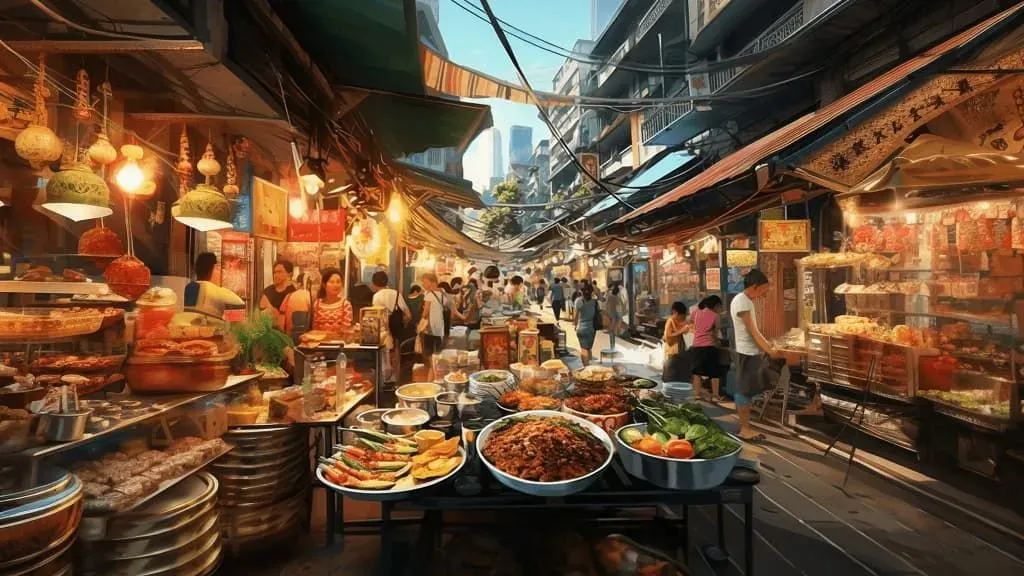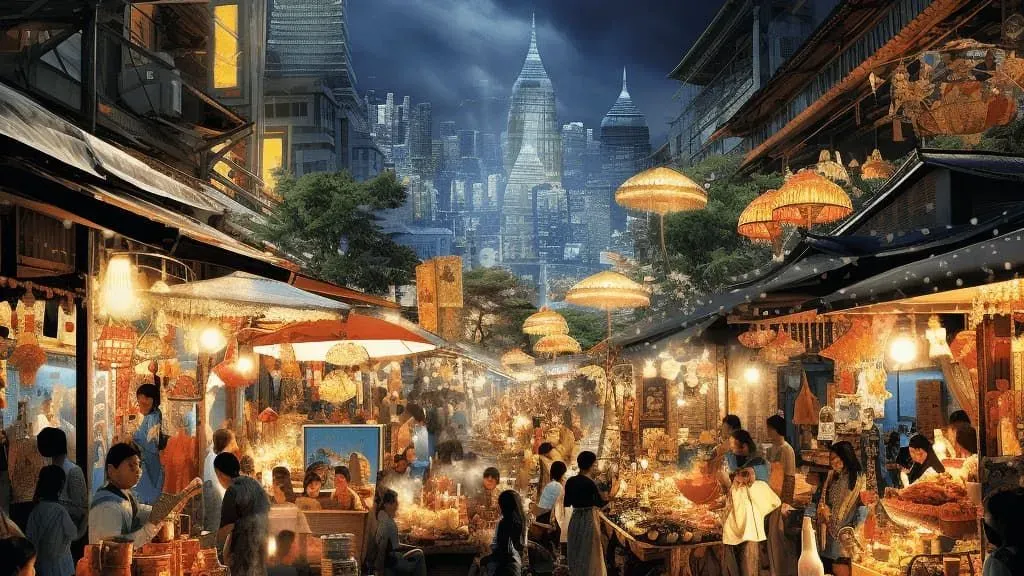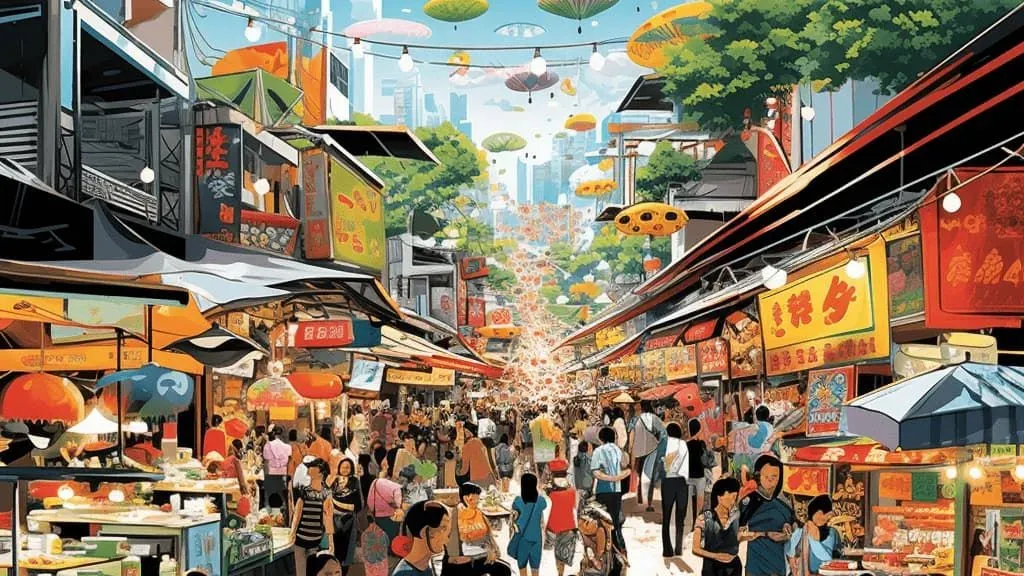
A History of Street Food in Bangkok
Bangkok, the capital city of Thailand, is renowned worldwide for its vibrant street food scene. Everywhere you turn, whether it's the lively markets of Chinatown, the bustling Soi Rambuttri, or the pulsating Khao San Road, aromatic wafts of delicious food assail your senses, drawing you towards a myriad of culinary delights. But the ubiquity of street food in Bangkok isn't a mere happenstance. It's deeply rooted in the city's history, culture, and socioeconomic dynamics. Understanding its origins and popularity entails a trip down the annals of this fascinating metropolis.

Origins of Street Food in Bangkok
The inception of street food in Bangkok can be traced back to the establishment of the city in the 17th century. Initially, Bangkok was a modest trading hub along the bustling Chao Phraya River. The cityscape was a dynamic mix of small trading establishments, residences, and temples, all interconnected through a labyrinth of canals. The people here were primarily merchants, laborers, and sailors who often didn't have time or resources to prepare meals at home.
As a solution, food vendors started setting up makeshift stalls and carts selling simple, inexpensive dishes, often cooked right on the spot. Many of these early offerings included traditional Thai food, such as Pad Thai, grilled meats, fresh fruits, and sticky rice. This was the humble beginning of Bangkok's illustrious street food culture.

The Ascendancy of Street Food in Bangkok
As Bangkok blossomed into a major city over centuries, the street food scene also evolved. With the influx of people from different regions of Thailand and other countries, new dishes, flavors, and cooking techniques were introduced. Bangkok's street food began to reflect a beautiful medley of diverse influences. Additionally, the growth of the city led to an increase in urban workers and students who relied on street food for quick, cheap, and satisfying meals.
The 20th century saw a rapid urbanization in Bangkok, amplifying the demand for street food. Vendors started operating beyond the daylight hours, making food available virtually around the clock. The convenience, affordability, and culinary diversity of street food further boosted its popularity among locals and foreigners alike.

Bangkok Street Food Today: A Cultural Phenomenon
Today, street food is not just a culinary treat in Bangkok - it's a cultural phenomenon, a lifestyle, and an integral part of the city's identity. It provides an intimate, sensorial way to experience the city's culture and history. From Michelin-starred street food stalls to the humble vendors serving heirloom recipes, Bangkok's street food scene caters to all, transcending socio-economic barriers.
The popularity of street food in Bangkok is owed to its affordability, the convenience of access, and most importantly, the exceptional taste and variety it offers. The city's street food provides a gastronomic canvas where traditional Thai flavors coexist and meld with international influences. It's a place where food isn't just nourishment - it's a celebration of Bangkok's vibrant community spirit, its rich past, and its evolving identity.